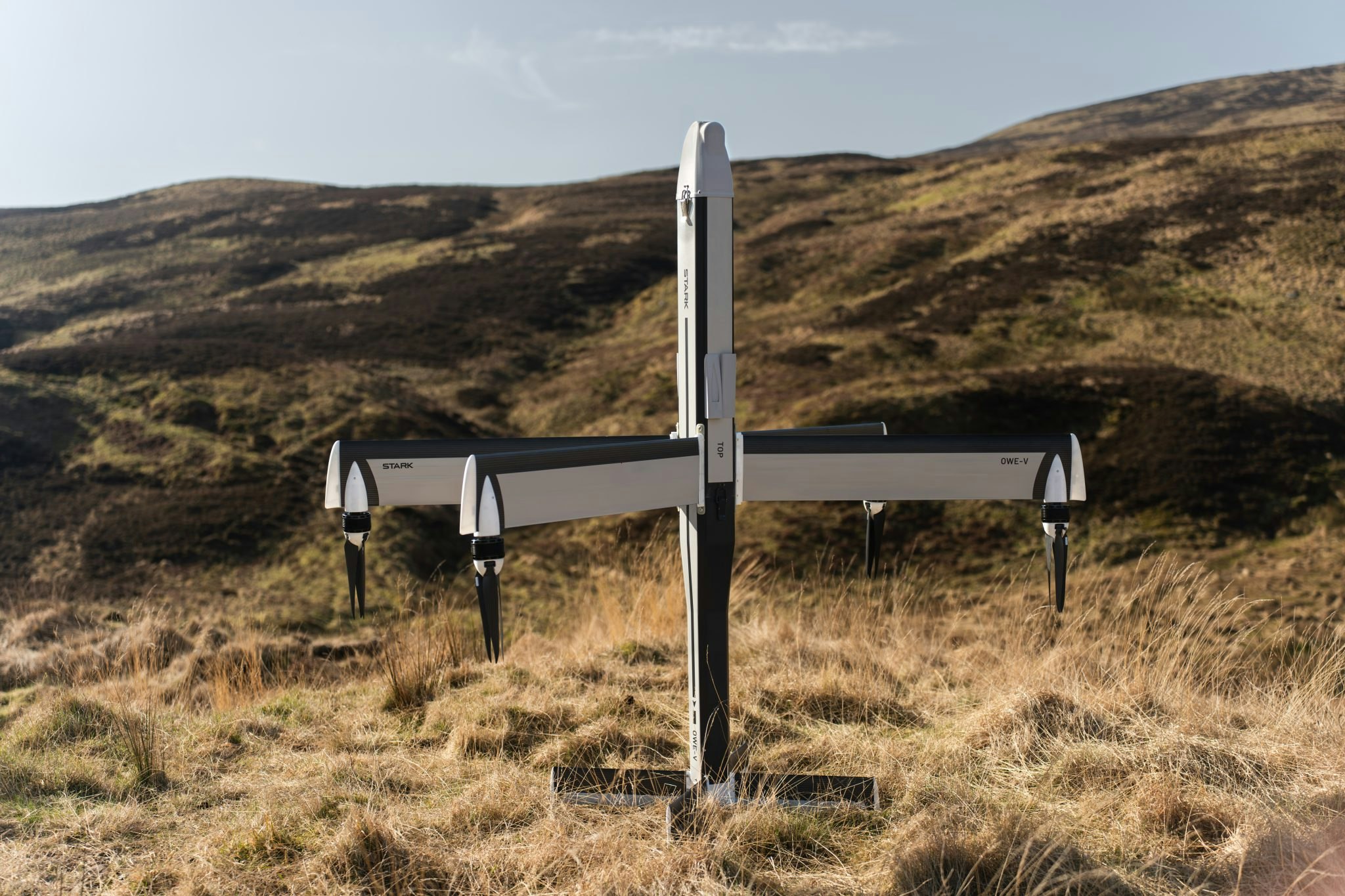Two years on from the remote work boom, startups are still figuring out how to do the whole hybrid thing.
Questions still remain among managers about how best to maintain communication across remote and office-based employees; ensure people feel connected and part of the pack; what tools to use; and what to do with that office space that maybe only a few people want to now use.
On day two of the Sifted Summit, we brought together three experts to give their tips on how to get hybrid right: Tanya Channing, chief people and culture officer at Pipedrive, Matt Wilkins, chief people officer at Thought Machine and Violeta Martin, vice president of commercial sales EMEA at DocuSign.
Here are the key takeaways.
Have a framework
Each of the panellists agreed that it’s important to make a decision as a business about how exactly you are going to work; don't go into hybrid mode without a plan.
In Thought Machine’s case, Monday and Tuesday are company office days, when all the collaborative work and meetings get done, and then each team picks a team day. For the other days, people have the choice to work from home — for example, if they have some “deep thinking” work to do, says Wilkins — or come into the office.
Communication is key, whatever your working policy is, says DocuSign’s Martin. You need to explain to employees why you have made certain decisions around working policy and why those decisions benefit the individual and the business. That way, employees are more likely to get on board.
Get your tools sorted
Hybrid work requires a good tech stack — but don’t overdo it. The last thing you want is to be swimming in lots of different tools, so choose only what's necessary.
Pipedrive’s Channing says that the company has a “Slack-based culture,” but it also uses software like Donut, which allows for spontaneous meetings to happen online. Zoom, naturally, is a winner for most organisations.
Again, it’s important to be clear to employees — especially if you’re onboarding new hires — about what tools are being used and why.
Keep remote employees in the loop
A big part of any manager’s job is pastoral care — but it’s especially important to keep tabs on employees who may be working remotely at least part of the time.
Channing says that Pipedrive has had to be “more intentional” in how it communicates with staff since the switch to hybrid, and the frequency with which it does so.
Wilkins agreed, saying it’s important to have “regular touchpoints” with employees to ensure there’s no exclusion. Create rituals around how you start the week and end it, and do regular checkins with employees to ask how they're feeling.
It’s also a manager’s job to help people switch off from work, especially in remote settings. You should be the ones at the end of the day telling lingering workers to sign off from Slack, to ensure they have separation between their work and personal lives.
Invest in the employee experience
Figuring out how you work in a logistic sense is one thing, but thinking about how to engage employees across remote and office-based settings is another.
Channing says it’s important to invest in the employee experience, as far as budgets allow. A benefit that “pipedrivers,” as she calls them, have been loving is being allowed to work remotely from another country for 30 days a year. It gives employees a sense of freedom, says Channing, and shows them that the company trusts them.
“Don’t over-engineer the process (of hybrid)”, adds Channing. “Set the parameters, empower employees to make decisions and focus on the results. Just let it happen.”
Anchor on the purpose and goals of the organisation. That is more important than if employees are physically there or not.
Martin concludes by urging founders to not stress about the so-called "complexities" of hybrid too much. “Anchor on the purpose and goals of the organisation. That is more important than if employees are physically there or not.”



